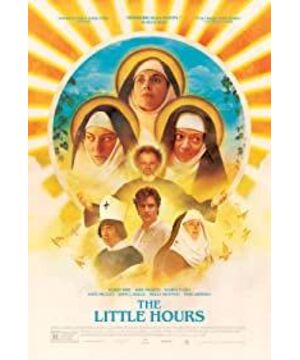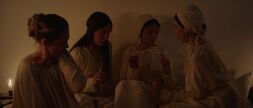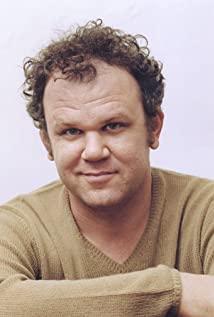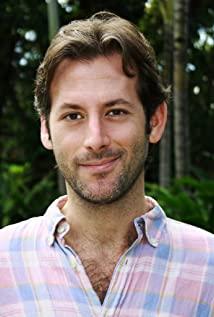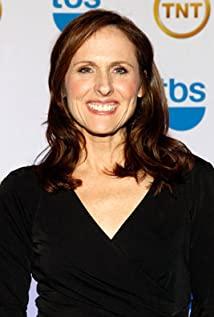Today, let's talk about the movie "Crazy Monastery".
The film title The Little Hours (2017), also known as the Abbey of Lust (Taiwan) / Hours.
This film is adapted from the old movie "The Decameron" (The Decameron, 1971), and selects the first story on the third day of "The Decameron".
The original work of "Decameron" is a famous collection of novels by Boccaccio during the Italian Renaissance. In the novel collection, 10 young people told 100 short stories. Most of these short stories are exposing the hypocrisy and ugly face of the church, expressing the author's humanistic concern and yearning for the liberation of human nature. This realism style work was hailed by later generations as a "human song" as famous as Dante's "The Divine Comedy".
The Decameron has been made into a film many times, the most famous being director Pier Paolo Pasolini's 1971 version.
Forty years later, Jeff Baena remakes it with just one of the short stories.
Interestingly, writer-director Jeff Byner only wrote a synopsis for the film at the time of filming, and the actors improvised the rest.
Most of what the audience sees are the lines that the actors play freely, which tests their ability to adapt on the spot and is much more flexible than memorizing lines.
The 1971 edition of "Ten Days" consists of several short stories, each of which is very short in length. "Crazy Monastery" compared to the original film, the length of the story has been greatly increased, the result is to add a lot of new elements.
The higher the level of technology, the less religious power will be.
Although the religious power has shrunk considerably compared to the Middle Ages, it is still the simplest and crudest way to brainwash and control the people at the bottom.
After the "Crazy Monastery" was released, the Catholic League, which is involved in the film, spoke out, calling the film a "trash, pure trash."
But the film is not garbage, it should be identified by the audience, and the claims of relevant stakeholders are not credible.
Religious forces have had several layers of skin removed by the film, and now that there is no burning at the stake, they can only make a statement to brush their presence.
The liberation of human nature should be a correct development trend. Life is to feel happy as much as possible, rather than being exploited by religious and other forces.
In addition to being adapted from "Ten Days Talk", the highlight of the film is the form of expression.
A group of priests and nuns who swore to abandon their worldly desires, started racing as soon as they turned their heads, chasing the kind of car that they couldn't catch up with.
In particular, an open-air witchcraft ceremony, which is heavy on the scene, dedicates a feast of the human body.
In the film, the goddess Alison Brie and the handsome Dave Franco are the goddess Alison Brie and the handsome Dave Franco. The two are husband and wife in reality, and this time they are acting as husband and wife.
There is also the big-eyed Chihuahua-like Kate Micucci (Kate Micucci), the always crazy Aubrey Plaza (Aubrey Plaza).
One man and three women played the great harmony of life in "Crazy Abbey".
"Crazy Monastery" itself is more of a performance art, shooting a story from hundreds of years ago to make fun of the declining religion.
There was quite a feeling of whipping a corpse, but when the whip went down, Religion also screamed twice.
"Renqu" is truly people-oriented and opens up wisely. People who have seen the power of technology and a more humane social system will naturally never return to the dark age of religious rule.
There is one small detail, Fernanda is not actually a witch.
During Marta's first night visit to the monastery, Sister Fernanda can be seen reading a book on palmistry.
In the center of the page is a portrait of a large hand, densely covered with symbols and text, which is actually a musical learning tool known as the "Guidonian hand". It was invented by the music theorist Guido in Arezzo, Italy in the Middle Ages, and was used as a mnemonic tool to help singers learn sight-singing.
Music was an integral part of medieval monastic life, so Sister Fernanda was reading a book about music, not witchcraft.
If the audience sees this, then the film satirizes that religion is ignorant and stubborn, and all unfamiliar things are witchcraft; if the audience does not see this, then the film satirizes with the audience. .
Refurbished cars in the monastery,
Medieval disentanglement of nature.
This is the distribution center for hardcore movie fans, welcome to pay attention to the public number: Miaokan Film and Television
View more about The Little Hours reviews


